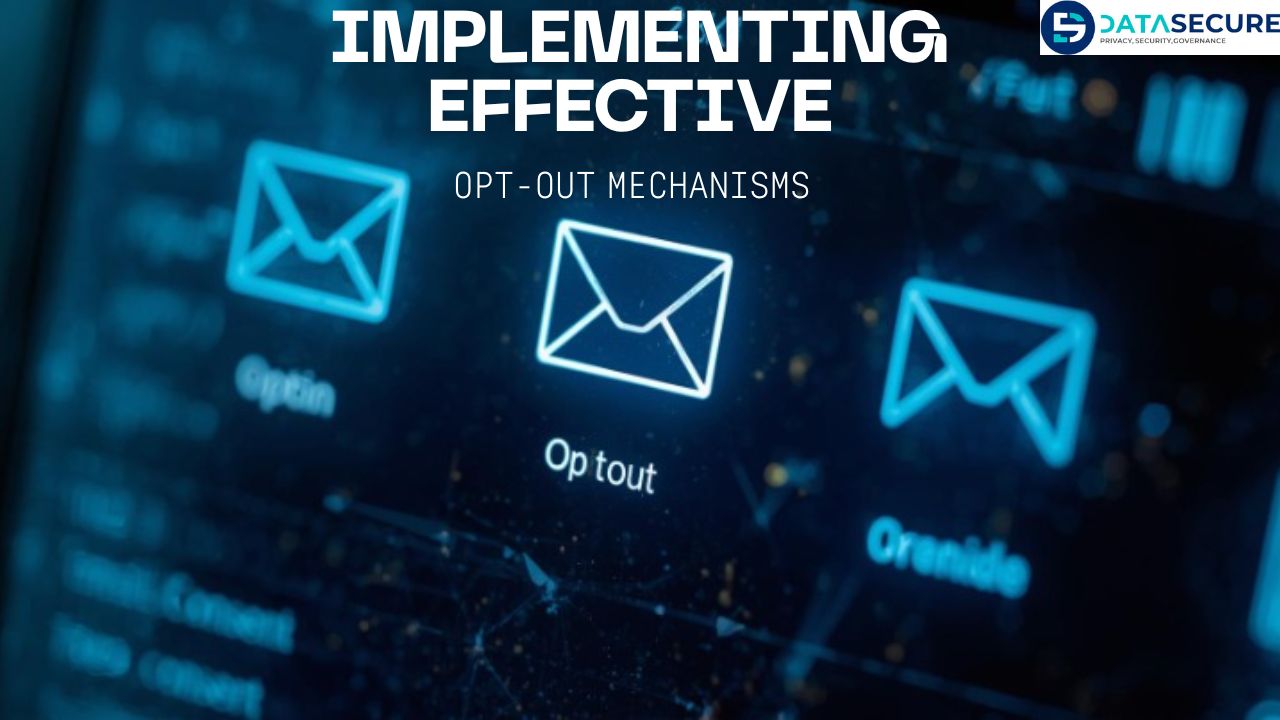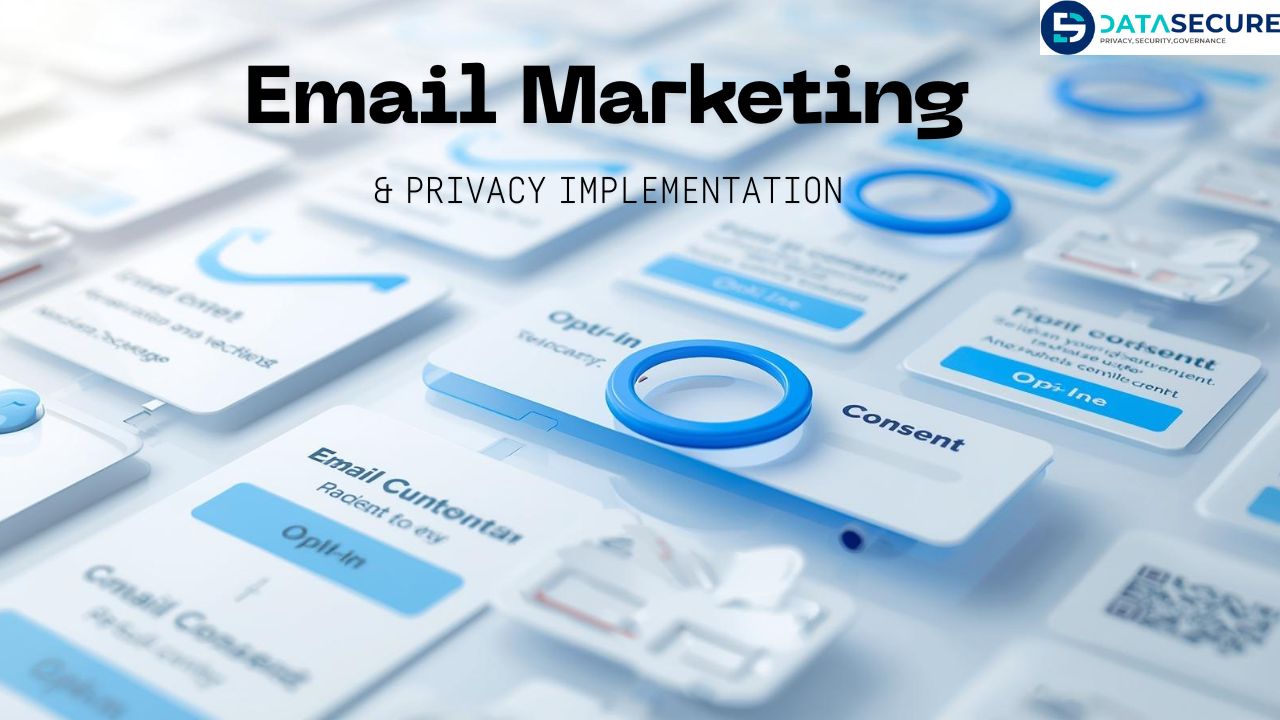Introduction
The intersection of email marketing and privacy has become one of the most critical compliance areas for modern businesses. As organizations worldwide navigate an increasingly complex landscape of data protection regulations, implementing proper consent mechanisms has evolved from a best practice into a legal necessity. The stakes are substantial regulatory bodies have issued significant penalties for privacy violations, while consumers increasingly demand transparency and control over their personal information.
Email marketing remains a cornerstone of digital strategy, with research showing it continues to deliver impressive returns on investment. However, the General Data Protection Regulation (GDPR) in Europe, the CAN-SPAM Act in the United States, Canada's Anti-Spam Legislation (CASL) and similar frameworks worldwide have fundamentally reshaped how organizations approach email list building and management. Privacy implementation now requires sophisticated systems that capture, document, and honour user consent throughout the entire customer lifecycle.
Understanding Consent Mechanisms and Privacy Requirements

The foundation of privacy-compliant email marketing rests on obtaining proper consent before sending commercial communications. Under GDPR Article 7, consent must be freely given, specific, informed, and unambiguous. This means organizations cannot use pre-ticked boxes, must provide clear information about how data will be used, and must give users genuine choice without negative consequences for refusing consent.
The Information Commissioner's Office (ICO) in the UK emphasizes that valid consent requires a positive opt-in action. Silence, pre-ticked boxes, or inactivity do not constitute consent under modern privacy frameworks. This represents a significant shift from earlier practices where implied consent or opt-out models were more common.
Different jurisdictions implement varying standards. While the Federal Trade Commission (FTC) enforces the CAN-SPAM Act in the United States with an opt-out approach, the Canadian Radio-television and Telecommunications Commission (CRTC) enforces CASL with strict opt-in requirements. Organizations operating internationally must understand these distinctions and often adopt the most stringent standard to ensure compliance across all markets.
The California Consumer Privacy Act (CCPA) adds additional complexity by granting consumers specific rights regarding their personal information, including the right to know what data is collected, the right to delete, and the right to opt out of data sales. While CCPA's primary focus isn't email marketing consent, it affects how organizations handle email addresses and associated customer data.
Single opt-in implementation involves adding users to mailing lists immediately when they submit their email address. This approach maximizes initial signup rates but carries risks. Without verification, organizations cannot confirm the email address is valid or that the person controlling that inbox genuinely wants to receive communications. The European Data Protection Board (EDPB) has noted that unverified consent may not meet GDPR standards, particularly when organizations cannot demonstrate that the data subject took deliberate action to consent.
Double opt-in addresses these concerns by requiring email verification before activation. After initial signup, the system sends a confirmation email containing a unique verification link. Only after clicking this link does the subscription become active. This process creates clear evidence of consent while ensuring list quality. The Direct Marketing Association (DMA) has long advocated for double opt-in as best practice, noting it produces more engaged subscribers despite potentially lower initial conversion rates.
Technical Implementation of Privacy-Compliant Systems
Implementing privacy-compliant consent systems requires careful technical architecture. Organizations must design databases that capture not just email addresses but comprehensive consent metadata. This includes timestamps showing exactly when consent was obtained, records of what information was displayed to users during the consent process, IP addresses from which consent originated, and documentation of the specific communications users agreed to receive.
The National Institute of Standards and Technology (NIST) Privacy Framework emphasizes that privacy must be built into system design from the outset. This "privacy by design" approach means considering data protection implications during initial system architecture rather than attempting to retrofit privacy controls onto existing infrastructure.
Consent management platforms have emerged as specialized tools for handling these complex requirements. These systems centralize consent data, provide APIs for integration with marketing platforms, and generate audit trails demonstrating compliance. However, smaller organizations without resources for specialized platforms must still implement basic consent tracking through careful database design and process documentation.
Integration challenges represent significant implementation hurdles. Most organizations use multiple systems for email marketing customer relationship management platforms, email service providers, marketing automation tools, and analytics systems. Privacy compliance requires ensuring consent status synchronizes accurately across all these platforms. When users modify preferences or withdraw consent, these changes must propagate to every relevant system within legally mandated timeframes.
The International Association of Privacy Professionals (IAPP) notes that consent management requires ongoing maintenance, not one-time implementation. As regulations evolve and business practices change, organizations must regularly review and update their consent mechanisms to ensure continued compliance.
Implementing Effective Opt-Out Mechanisms

Privacy-compliant email marketing requires robust opt-out functionality that allows users to easily withdraw consent. The CAN-SPAM Act mandates that commercial emails include clear opt-out mechanisms and that opt-out requests be honoured within 10 business days. GDPR takes a stronger position, requiring that withdrawing consent be as easy as giving it.
From an implementation perspective, this means every marketing email must contain a functioning unsubscribe link, typically placed prominently in the email footer. The unsubscribe process should require minimal steps ideally one click and must not require users to log in or provide additional information beyond what's necessary to identify their subscription.
Many organizations implement preference centers that offer alternatives to complete un-subscription. These interfaces allow users to reduce email frequency, select specific content types, or pause emails temporarily rather than permanently opting out. The Email Experience Council research suggests that offering granular control can reduce unsubscribe rates while respecting user preferences.
However, preference centers must be carefully implemented to avoid becoming obstacles to un-subscription. Privacy regulations require that complete opt-out remain easily accessible. Organizations cannot hide the unsubscribe option behind preference menus or make it significantly more difficult than adjusting preferences. The Australian Communications and Media Authority (ACMA), which enforces Australia's Spam Act, has taken action against organizations that create unnecessary barriers to Un-subscription.
Technical implementation of opt-out systems must ensure reliability over extended timeframes. Unsubscribe links must function correctly even years after an email is sent, requiring stable URL structures and systems that gracefully handle legacy links. Many organizations implement unsubscribe tokens that encode recipient identifiers, allowing processing without additional authentication.
Suppression list management represents a critical but often overlooked aspect of opt-out implementation. Once users unsubscribe, their email addresses must be permanently suppressed from marketing communications. However, organizations must retain these addresses specifically to prevent accidental re-addition to marketing lists. This creates a tension between data minimization principles and practical compliance needs that requires careful policy development.
Documentation Accountability Requirements

Modern privacy regulations emphasize organizational accountability, requiring businesses to demonstrate compliance through comprehensive documentation. GDPR Article 5(2) explicitly states that controllers must be able to prove compliance with data protection principles. This shifts the burden of proof to organizations, making robust record-keeping essential.
Privacy-compliant systems must maintain detailed audit trails showing when consent was obtained, what information was provided to users, how consent was expressed, and any subsequent changes to consent status. The European Commission guidance emphasizes that organizations should document their compliance processes and maintain records that can withstand regulatory scrutiny.
Consent receipts provide one mechanism for meeting documentation requirements. These automatically generated records capture complete details of each consent transaction, creating an immutable audit trail. Some organizations provide copies of consent receipts to users themselves, demonstrating transparency while creating additional verification.
Data retention policies must balance competing requirements. While privacy regulations encourage data minimization, organizations need to retain sufficient information to demonstrate compliance and defend against potential claims. The Office of the Privacy Commissioner of Canada notes that organizations should develop clear retention schedules that specify how long different types of data will be kept and the justification for these retention periods.
Regular compliance audits help identify gaps in privacy implementation. Organizations should periodically review their consent collection processes, test opt-out mechanisms, verify data synchronization across platforms, and assess documentation completeness. The Federal Trade Commission's Privacy and Security guidance recommends that businesses conduct regular risk assessments and update privacy practices as technologies and business models evolve.
Conclusion
Privacy implementation in email marketing has evolved from simple unsubscribe links to advanced consent management systems requiring strong technical and operational design. Organizations must comply with multiple regulations, ensure clear opt-in and opt-out options, and maintain compliance records. Successful programs align privacy with business goals, verified and engaged subscribers yield better results, while transparent practices build trust in an era of frequent data breaches. As privacy laws continue to evolve, companies with flexible, privacy-first frameworks will adapt more easily and gain a competitive edge by treating data protection as both a legal obligation and a business advantage.
We at Data Secure (Data Privacy Automation Solution) DATA SECURE - Data Privacy Automation Solution can help you to understand EU GDPR and its ramificationsand design a solution to meet compliance and the regulatoryframework of EU GDPR and avoid potentially costly fines.
We can design and implement RoPA, DPIA and PIA assessments for meeting compliance and mitigating risks as per the requirement of legal and regulatory frameworks on privacy regulations across the globe especially conforming to GDPR, UK DPA 2018, CCPA, India Digital Personal Data Protection Act 2023. For more details, kindly visit DPO India – Your outsourced DPO Partner in 2025 (dpo-india.com).
For any demo/presentation of solutions on Data Privacy and Privacy Management as per EU GDPR, CCPA, CPRA or India DPDP Act 2023 and Secure Email transmission, kindly write to us at info@datasecure.ind.in or dpo@dpo-india.com.
For downloading the various Global Privacy Laws kindly visit the Resources page of DPO India - Your Outsourced DPO Partner in 2025
We serve as a comprehensive resource on the Digital Personal Data Protection Act, 2023 (Digital Personal Data Protection Act 2023 & Draft DPDP Rules 2025), India's landmark legislation on digital personal data protection. It provides access to the full text of the Act, the Draft DPDP Rules 2025, and detailed breakdowns of each chapter, covering topics such as data fiduciary obligations, rights of data principals, and the establishment of the Data Protection Board of India. For more details, kindly visit DPDP Act 2023 – Digital Personal Data Protection Act 2023 & Draft DPDP Rules 2025
We provide in-depth solutions and content on AI Risk Assessment and compliance, privacy regulations, and emerging industry trends. Our goal is to establish a credible platform that keeps businesses and professionals informed while also paving the way for future services in AI and privacy assessments. To Know More, Kindly Visit – Your Trusted Partner in AI Risk Assessment and Privacy Compliance | AI-Nexus
